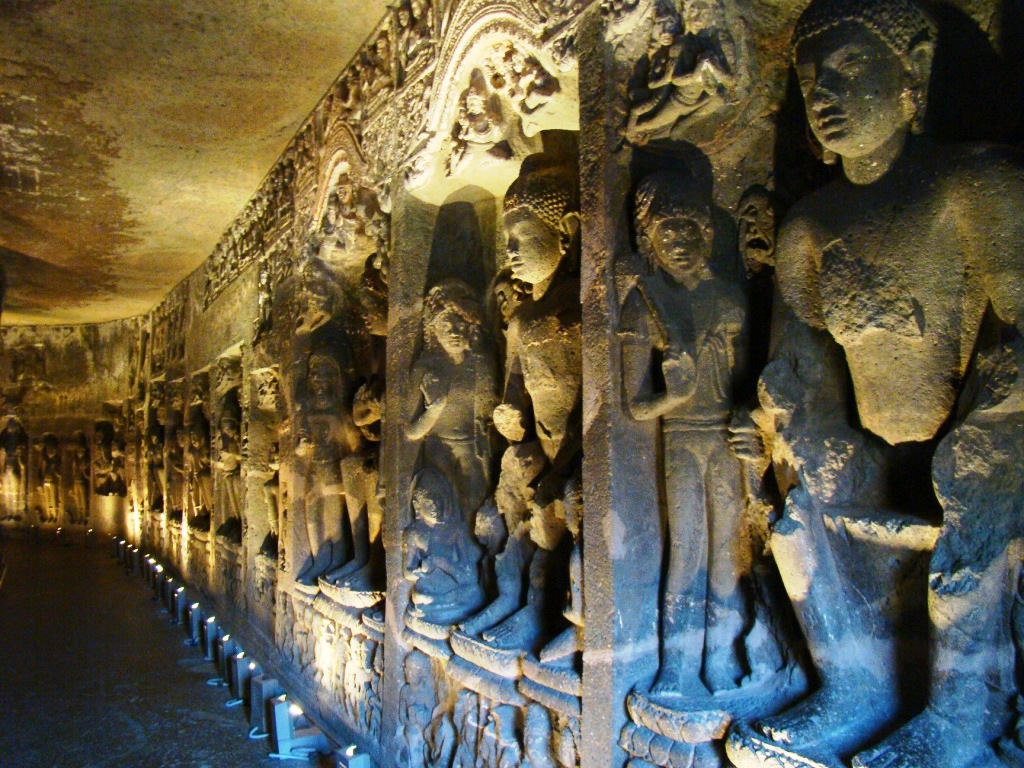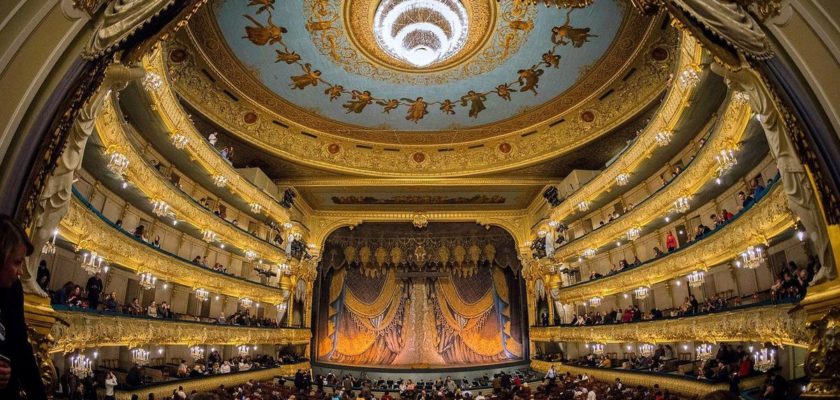Theatre or theater is a collaborative form of performing art that uses live performers, usually actors or actresses, to present the experience of a real or imagined event before a live audience in a specific place, often a stage. The performers may communicate this experience to the audience through combinations of gesture, speech, song, music, and dance.
The history of theatre charts the development of theatre over the past 2,500 years.
Theatre or theater is a collaborative form of performing art that uses live performers, usually actors or actresses, to present the experience of a real or imagined event before a live audience in a specific place, often a stage. The performers may communicate this experience to the audience through combinations of gesture, speech, song, music, and dance.
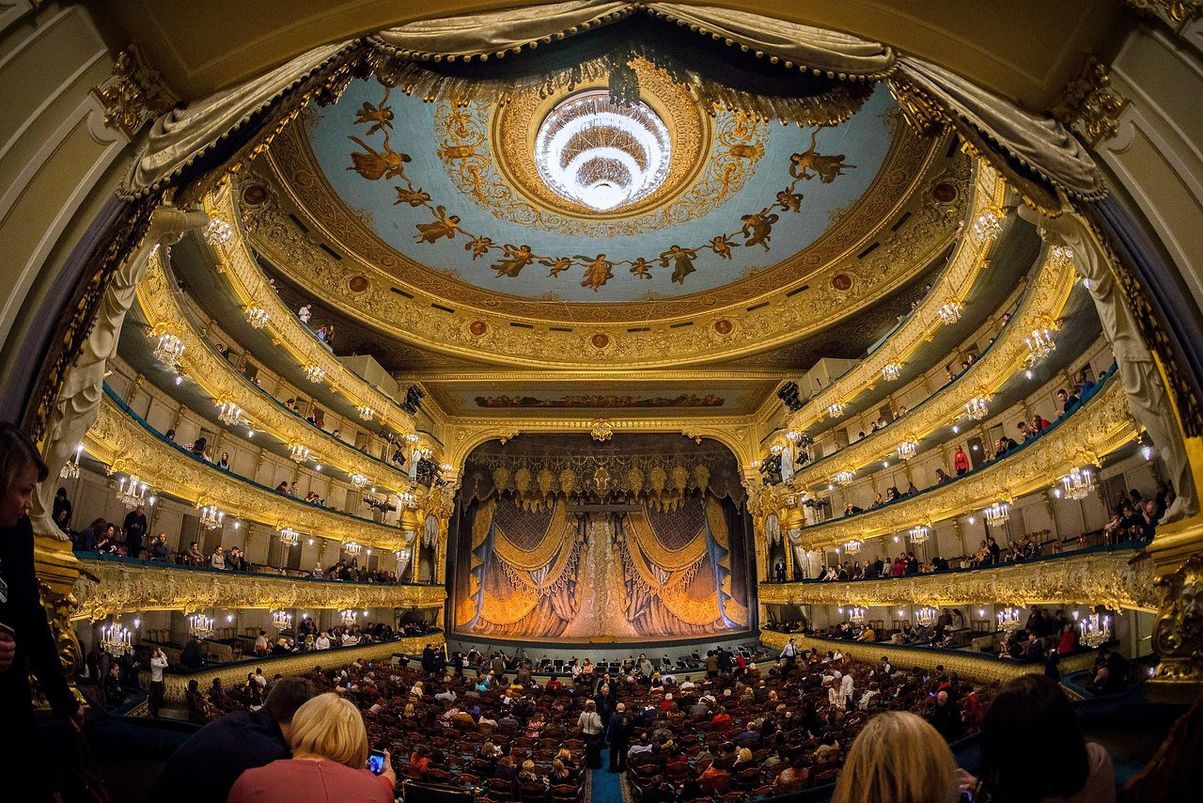
Theater buildings were not permitted throughout Europe during medieval times, but traveling players, known as minstrels, kept the theater alive along with acrobats, puppeteers, jugglers and storytellers. They created a stage by raising a simple platform wherever they performed in halls, market places and at festivals. Christians thought this kind of entertainment was a sin, so they started their own kind of theater. During an Easter Sunday service, priests acted out the meaning of the holy day to help teach people who could not read. These “miracle” plays became so popular that there was not enough room to perform in the church and they moved outside. They were still considered religious events and not entertainment.
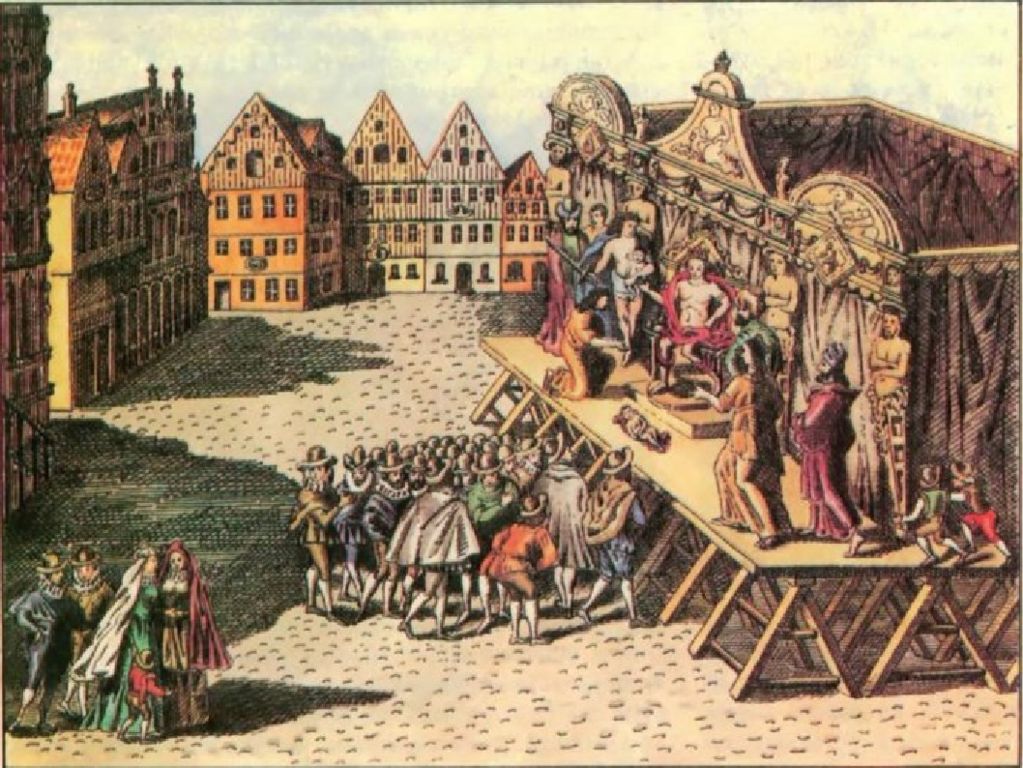
Western theatre developed and expanded considerably under the Romans. The Roman historian Livy wrote that the Romans first experienced theatre in the 4th century BC, with a performance by Etruscan actors. Beacham argues that Romans had been familiar with “pre-theatrical practices” for some time before that recorded contact. The theatre of ancient Rome was a thriving and diverse art form, ranging from festival performances of street theatre, nude dancing, and acrobatics, to the staging of Plautus’s broadly appealing situation comedies, to the high-style, verbally elaborate tragedies of Seneca.
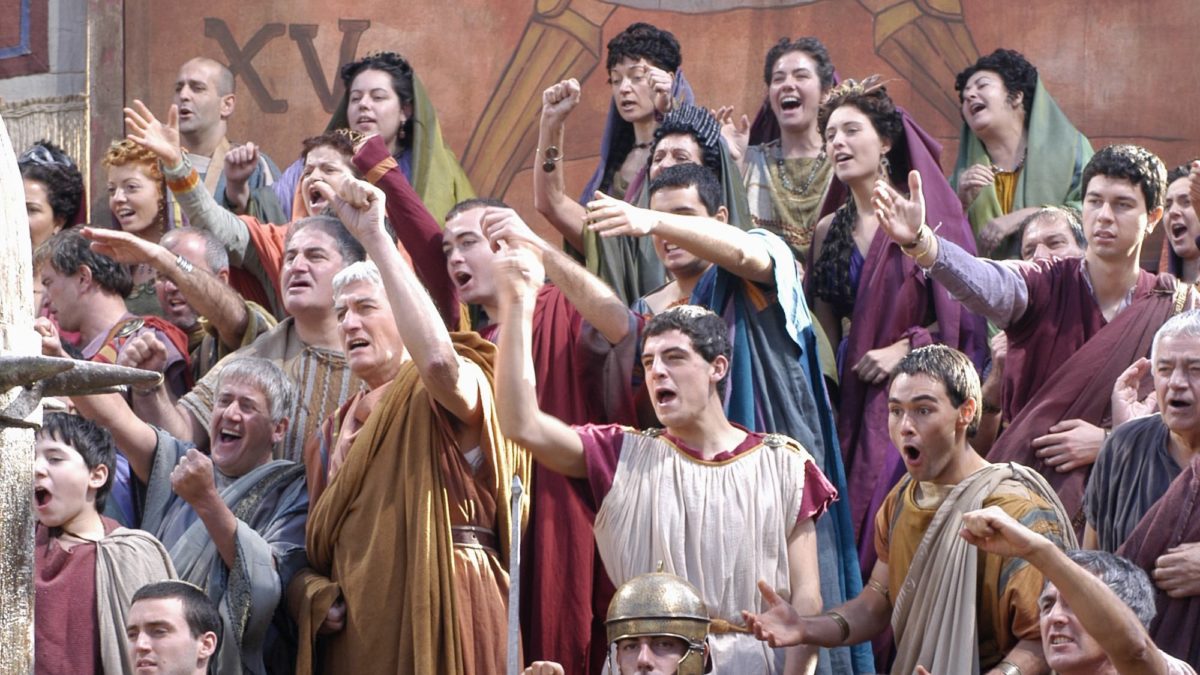
Most early theatre in England evolved out of church services of the 10th and 11th centuries. It became a truly popular form around 1350 when religious leaders encouraged the staging of mystery cycles (stories from the Bible) and miracle plays (stories of the lives of saints). These were written and performed in the language of ordinary people rather than latin in order to teach the mainly illiterate masses about Christianity and the bible.
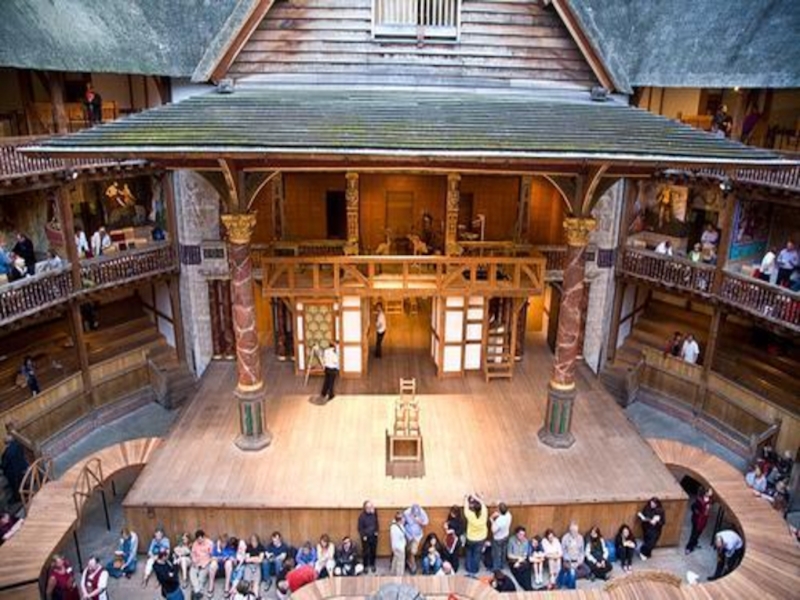
As the Viking invasions ceased in the middle of the 11th century, liturgical drama had spread from Russia to Scandinavia to Italy. Only in Muslim-occupied Iberian Peninsula were liturgical dramas not presented at all. Despite the large number of liturgical dramas that have survived from the period, many churches would have only performed one or two per year and a larger number never performed any at all.
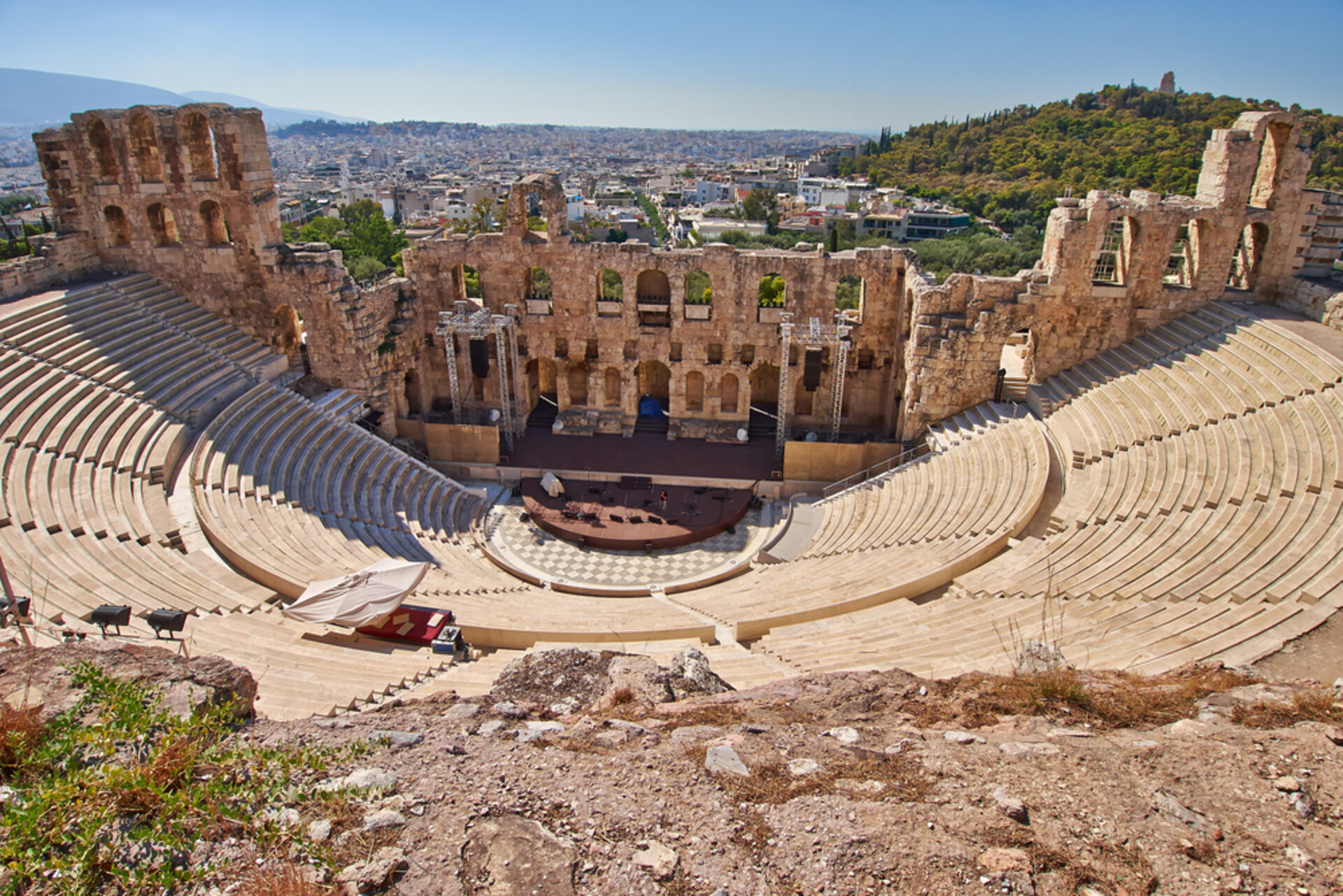
The origins of theatre in ancient Greece, according to Aristotle (384–322 BC), the first theoretician of theatre, are to be found in the festivals that honored Dionysus. The performances were given in semi-circular auditoria cut into hillsides, capable of seating 10,000–20,000 people.
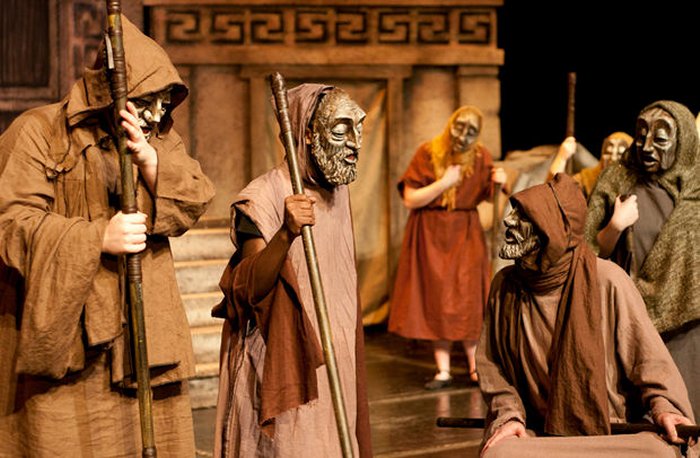
The first form of Indian theatre was the Sanskrit theatre, earliest-surviving fragments of which date from the 1st century AD. It began after the development of Greek and Roman theatre and before the development of theatre in other parts of Asia.
